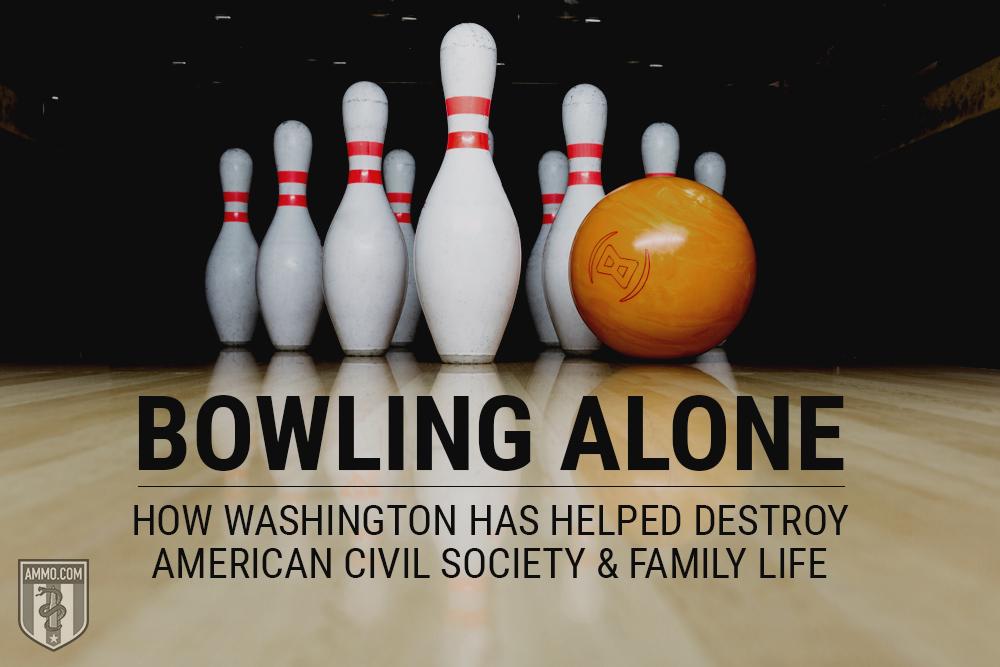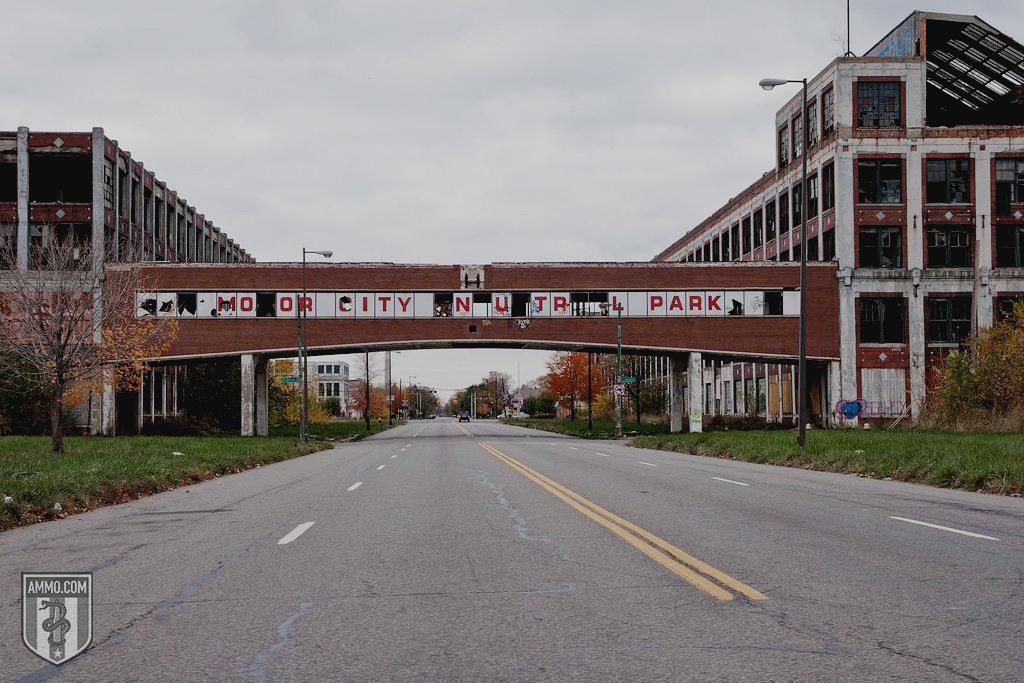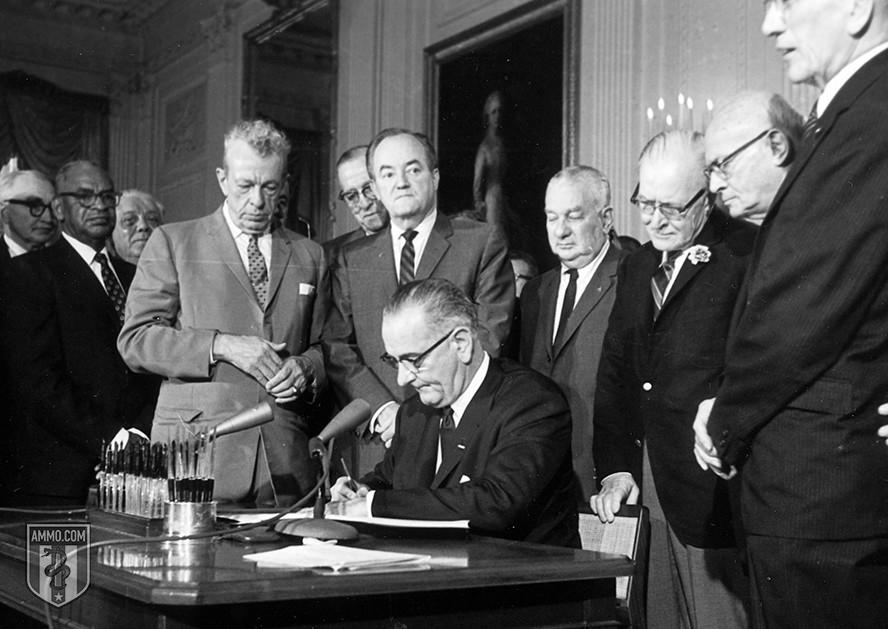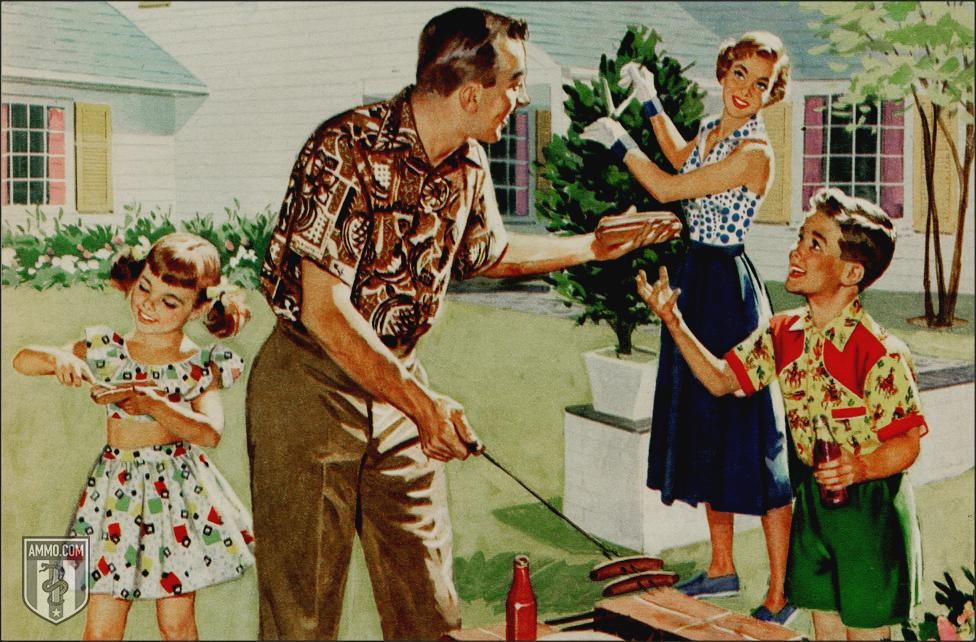Church attendance in the United States is at an all-time low, according to a Gallup poll released in April 2019. This decline has not been a steady one. Indeed, over the last 20 years, church attendance has fallen by 20 percent. This might not sound like cause for concern off the bat. And if you’re not a person of faith, you might rightly wonder why you would care about such a thing.
Church attendance is simply a measure of something deeper: social cohesion. It’s worth noting that the religions with the highest rate of attendance according to Pew Forum have almost notoriously high levels of social cohesion: Latter-Day Saints, Jehovah’s Witnesses, Evangelical Protestants, Mormons and historically black churches top the list.
There’s also the question of religious donations. Religious giving has declined by 50 percent since 1990, according to a 2016 article in the New York Times. This means people who previously used religious services to make ends meet now either have to go without or receive funding from the government. This, in turn, strengthens the central power of the state.
It is our position that civil society – those elements of society which exist independently of big government and big business – are essential to a functioning and free society. What’s more, these institutions are in rapid decline in the United States, and have been for over 50 years.
Such a breakdown is a prelude to tyranny, and has been facilitated in part (either wittingly or unwittingly) by government policies favoring deindustrialization, financialization and centralization of the economy as well as the welfare state. The historical roots of this breakdown are explored below, along with what concerned citizens can do to mitigate its impact on their loved ones.
What Is Bowling Alone?
The urtext of this topic is Bowling Alone: The Collapse and Revival of American Community by political scientist Robert D. Putnam. He uses the decline in league bowling as a sort of shorthand for the overall decline in American participation in social life.
The local bowling alley was known as the blue-collar country club, and it was the invention of the automatic pinsetter that changed the game, making it faster and more accessible. The first million-dollar endorsement sports deal was Don Carter receiving a million dollars to bowl with an Ebonite signature ball designed for him in 1964.
Business was driven by league play. People would sign up to join a league, which had them in for 30 weeks of once-weekly play. In the course of doing this, they would rub elbows with teammates, opponents and whoever happened to be hanging out in the bowling alley at the time. Between 1940 and 1958, the United States Bowling Congress’ membership exploded from 700,000 to 2.3 million. The Women’s International Bowling Congress’membership climbed from 82,000 to 866,000, with the American Junior Bowling Congress ballooning from 8,000 to 175,000. In their heyday, bowling leagues brought in a whopping 70 percent of all bowling alley income. Now they bring in a paltry 40 percent.
Again, the point here is not that there is something magical about bowling, which acts as a social glue in the United States. Rather, it is that the existence of bowling alleys as a third place in American life was the symptom of a vibrant and healthy civil society, not its cause. People preferred to socialize with others in a place outside of home or work. Putnam is quick to point out that the number of people who bowl in the United States has actually increased since the golden age of bowling – the problem is that they’re all doing it alone.
The decline in bowling league membership parallels the decline of memberships in a number of other civic organizations including the Knights of Columbus, B’Nai Brith, labor unions, the Boy Scouts, the Red Cross, the Lions, the Elks, the Kiwanis, the Freemasons, parent-teacher organizations, the League of Women Voters and the Junior Chamber of Commerce to name only a few examples other than bowling leagues and churches.
What this means is that there are significantly fewer connections between people and fewer civic-minded discussions going on now than there were in the past. It also means the loss of identity tied to something other than work and consumer goods (see the explosion of adults spending their money on Star Wars or Harry Potter knick-knacks).
Putnam lays the blame at the foot of technology. Television, and to a much greater extent, the Internet, individualized how people spend their spare time. Still, there is a solid case to be made that the decline of civil society and the resulting loss of social capital is not simply the result of new technologies. It is equally the result of government policies which, through design or through negligence, further erode civil society.
The Destruction of the Rust Belt
It is difficult to talk about the decline of civil society and social capital in the United States without looking at the destruction of the Rust Belt. The decline of the population in Rust Belt industrial cities over the last 50 years is worth a cursory glance before delving further into this topic:
-
In 1940, Detroit, Cleveland and Pittsburgh were all among the 10 most populated cities in the United States.
-
By 1980, Cleveland and Pittsburgh had dropped off.
-
While Detroit hung around in the top 10 until the 2010 census, it was also the first city to have its population drop below one million.
Cities outside of the top 10 in 1940 paint an even starker picture:
-
Between 1960 and 2010, Buffalo lost over half of its population, plummeting from 532,000 (20) to 261,000 (71).
-
Cincinnati was hit about this hard during the same time period, with its population dropping from 502,000 (21) to 296,000 (63).
-
Gary, Indiana is perhaps the most extreme case of Rust Belt depopulation. It lost over half its population between 1960 and 2010, going from 178,000 (70) to 80,000 (unranked).
Most of these massive depopulations are tied closely to deindustrialization and the financialization of the economy. While other factors cannot be ignored, such as central air conditioning, which makes living in cities like Phoenix (439,000 in 1960 and the 29th largest city to 1.4 million and the 6th largest by 2010) much more palatable, a conscious set of policies contributed to the destruction of America’s manufacturing base.
If one sees the United States as nothing more than a group of consumers, there’s nothing to fret about here. If, however, one sees the United States as a nation with a value beyond its simple GDP, the replacement of civil society with the marketplace is a disastrous scenario.
The Destruction of Black Business Districts
Another place where this can be seen is the destruction of the black middle class. A frequently untold story of American life is that by the 1950s, the United States actually had a thriving black middle class. Black business ownership peaked during the years between the end of the Second World War and the Great Society. Every city with any significant black population hosted a black business district where a primarily black clientele spent their money within their own community. Black home ownership was likewise high at this point.
This is all very much a thing of the past.
The per capita number of black employers declined by 12 percent between the years 1997 and 2014. An article by Brian S. Feldman in Washington Monthly notes a significant decline in certain sectors of black business ownership as well, namely grocers, insurers and banks. Black-owned insurance agencies declined by 68 percent between 1989 and 1999 in what Black Enterprise magazine called “a bloodbath.”
The article in question lays this at the feet of not specific government policies, but at the doorstep of a more general trend toward market concentration.
It’s worth looking at the question of wealth and market concentration (separate from the question of so-called “wealth inequality”) from a freedom-minded perspective. The massive amounts of government handouts to big business, in the form of both direct subsidies as well as favorable legislation for regulations and taxes alike, creates an environment favoring those most capable of purchasing influence – namely, big business.
This is not the half-baked conspiracy theory of a college Marxist. No less an authority than the Foundation for Economic Education correctly identifies that the wealth concentration that made the destruction of black small business possible is choking the American economy at the expense of Main Street. Likewise, licensing regimes in a number of states choke the pipeline of small business competition by making it more difficult for people to enter fields, from nail tech to brain surgeon. The FEE likewise identifies health insurance requirements and increasingly rising minimum wage laws as government intervention raising the bar to entry into the market and crushing small business.
There is another, highly unlikely and ironic, culprit behind the decimation of black business and the black community – integration.
This is a position championed by Clay Middleton of the South Carolina House of Representatives. Basically, under segregation, black consumers were limited in their choices of business. They could not, in many cases, go to (for example) white hamburger joints. Instead, they had to patronize the equivalent business for black customers. In many cases, these businesses were owned and operated by fellow black Americans. Black hotels are another example of this phenomenon.
The point is not that Southern states should reintroduce segregation to prop up black businesses, but simply to give a broader and more complete picture of how and why black business districts have disappeared. It also offers some insight into the destruction of small business in America in general.
While cheap, imported widgets from Walmart benefit consumers with lower prices, they also create an intangible and difficult-to-quantify social problem. When big business replaces small business, wealth is not only centralized, it is also centralized outside of the communities that it serves.While larger businesses are arguably more “efficient” economically speaking, the loss of small business (most acutely seen in the black community) provides an illustrative example of how lost economic capital and lost social capital are often closely tied. Without black business, there is less of a “black community” than there is a “black marketplace.”
Strictly speaking, small business (black or otherwise) is business, not civil society proper. However, greater economic leverage of big business in the nation means an economically impoverished civil society.
Civil Society, the Welfare State, and Mutual Aid
While direct connections are difficult to establish, it is worth noting that there is a chicken-egg effect of the welfare state, which began during the New Deal, but accelerated under President Lyndon Baines Johnson’s Great Society.
What did people do before the advent of social welfare programs? This is a question that even few libertarians can answer without stammering something about private charity. And indeed, private charity did play a role in meeting social needs for the less fortunate. However, there is a hidden story in how communities met social needs prior to the advent of the welfare state.
Mutual aid in the 21st century is largely a nonprofit form of insurance, particularly life insurance – a sort of analog to the credit union. However, in earlier days they oversaw a number of social welfare programs.
Mutual aid societies, also known as benefit societies (or friendly societies in the United Kingdom and Ireland) date back to the Middle Ages. Medieval guilds were effectively mutual aid societies organized within skilled trades. In the United States, they were popular with black Americans during post-revolutionary times: the Free African Society dates back to 1787.
One of the key differences between mutual aid and benefit societies and the welfare state is the role of civil society and accountability. Mutual aid societies presented a counterweight to both the state and big business. They offered services such as healthcare, unemployment benefits, disability insurance and other services now provided by big business or state and federal governments.
What’s more, the mutual aid societies generally had a set of values tied to their services. Social values were advanced and an ethos of moral character and self-improvement underpinned membership in a mutual aid society. For example, the Ancient Order of United Workmen forbade its members from selling liquor on penalty of forfeiting their death benefit.
Finally, it’s worth noting the primary difference between mutual aid societies and the welfare state. Members who wanted to collect had to look a peer in the eye and request aid. This had a twin psychological effect: First, it diminished spurious claims. Let’s say “Jim” needed some unemployment insurance. His neighbors are also members of his mutual aid society. They know if Jim actually needs help or if he’s just goldbricking. The flipside is that Jim is also receiving aid from his friends and neighbors. This inspires him to look for work so that he can pay everyone back in his own way, in addition to providing a source of social solidarity during his hardest times.
According to A Life of One’s Own: Individual Rights and the Welfare State, in the year 1890, 112,000 Americans were living in housing provided by private charitable organizations. Compare this to 73,000 residing in publicly funded almshouses. What’s more, benefit societies were decentralized. The spirit was one of fraternity, not of paternalism. Reciprocity was a driving ethic, which in turn removed the stigma of receiving charity. People were not receiving handouts, they were receiving support from the very same people whom they had supported in the past.
Additionally, belonging to a mutual aid or benefit society was a lot cooler than receiving welfare. They had secret handshakes, among other secret symbols of membership. What’s more, the humble house-call doctor was a feature of mutual aid society membership. Society locals frequently hired a doctor to service a membership area. They have since been regulated to the point where they provide little in the way of services, except for life insurance and annuities, making them effectively non-profit financial organizations.
In addition to accountability, assistance beyond simple financial support and decentralization, private assistance carries other benefits. For example, philanthropic organizations tend to operate leaner and to be more innovative in how they tackle problems. Such organizations tend to tailor their assistance to the individual in need, rather than offering a one-size-fits-all approach. This is true of individuals and communities alike. Finally, philanthropic and mutual aid societies seek to treat the underlying cause, rather than just the symptom of need.
Such organizations are now limited by the federal tax code 501(c)(4), which greatly restricts the activities such organizations are allowed to participate in. Many of them, such as Mutual of Omaha, underwent demutualization and handed out stocks in place of membership. They are now for-profit financial organizations.
A Decline in Family Life
One of the main pillars of civil society is the nuclear family. Any discussion of the decline of civil society in the United States would be incomplete without a discussion of the decline of family life in the United States.
Perhaps the best numbers to look at with regard to the American family are from the 2010 Census. These are, admittedly, a bit old. However, there is no reason to suspect that the trend has reversed itself and that the nuclear family has experienced some kind of resurgence in the years since that census. If anything, the opposite is probably true. So what does the last United States Census say?
-
Non-college graduates are more than twice as likely to be single parents.
-
Affluent families are more common than poor ones.
Pew Research likewise has good data on the state of the American family:
-
Americans who have never been married reached an all-time high in 2012, with 25 percent of all adults over the age of 25 having never been married. In 1960, this figure stood at 9 percent.
-
Men were significantly less likely to have ever been married than women.
-
24 percent of never-married adults were cohabiting with their partner.
-
For black Americans, the percentage over 25 who had never been married was 36 percent.
-
Pew Research indicates that it expects this trend to continue and that, while people are getting married later in life, it does not expect a significant increase in marriage as the population ages.
-
Financial security was cited as the main hurdle to marriage by one third of all those polled who wanted to get married.
-
67 percent of Americans under 50 who are married are in their first marriage, compared to 83 percent in 1960.
-
46 percent of children live with two parents in their first marriage. In 1980, this number was 61 percent. In 1960, it was 73 percent.
The above-cited figures point toward two conclusions: First, the nuclear family is in sharp decline. Second, it is far more common for educated and affluent Americans to form traditional families.
It’s difficult to assign direct blame to any one factor. The centralization of the economy cited above plays a role, as does the financialization and deindustrialization of the economy. In the 1960s, from where our earliest data comes, it was not difficult for a high school graduate or even a high school dropout to earn a living at a stable job that was effectively a career for life. With this job came a defined benefit pension, healthcare, etc. The wages and benefits made having and raising a family easier.
The welfare state is another significant driver of the decline of the nuclear family. Unsurprisingly, the black family is massively impacted. In 1965, 25 percent of all black children were born out of wedlock. In 2016, that rate had increased to 70 percent and even topped 80 percent in certain urban areas. In the 1940s, this number was five percent, which was comparable to that of white children. The Hispanic out-of-wedlock birth rate in 2016 was 52 percent, while for whites it was 30 percent.
The rise in children born out of wedlock cannot be separated from the massive expansion of the welfare state under Johnson’s Great Society. In a report from the Mises Institute, the basic argument is that welfare disincentivizes marriage. In times past, when women had children out of wedlock, it meant an incredibly difficult life balancing whatever work and charity they could get. It also carried a social stigma (from our old friend civil society), which further disincentivized single motherhood.
Today, however, there are a host of social programs specifically for single mothers. A partial list of programs assisting single motherhood includes:
-
Temporary Assistance for Needy Families (TANF) commonly known as “food stamps”
-
Women, Infants and Children Program (WIC), another food assistance program
-
Child Care Assistance Program, Head Start and Early Head Start, all daycare assistance programs
-
Section 8 housing assistance
-
Low Income Home Energy Assistance Program, which helps single mothers pay their utilities
-
Medicaid and Children’s Health Insurance Program (CHIP), health insurance assistance programs
-
Supplemental Security Income, often called “disability,” but accessible to those without bona fide physical disabilities
-
The Emergency Food Assistance Program and the National School Lunch Program, two more food assistance programs
These programs act as a disincentive toward family formation. Benefits are means tested, meaning that if one’s income is low enough, one qualifies. This means that it is advantageous in many cases for couples to remain unmarried so that only one income is counted for the purpose of benefits. Such programs, when coupled with a diminishing stigma against single motherhood, further incentivizes promiscuity and poor mate selection – why not have a child with a man who can’t support it when the welfare state is there to pick up the slack?
The impact of single-parent households is far further reaching than you probably think: In the most extensive study ever done on single parenthood (in permissive, tolerant and liberal Sweden), it was found that children in single-parent households were twice as likely to suffer from psychiatric disorders and addiction. This figure might be conservative, as it only includes hospitalizations. Some other striking statistics about fatherless households include:
-
63 percent of youth suicides take place in fatherless homes.
-
90 percent of all homeless youth and runaways are from fatherless homes, which is a whopping 32 times the national average.
-
85 percent of all children with behavior issues come from fatherless homes, 20 times the national average.
-
80 percent of rapists with established anger issues come from fatherless homes, 14 times the national average.
-
71 percent of all high school dropouts come from fatherless homes, nine times the national average.
-
70 percent of those in state-operated institutions come from fatherless homes, nine times the national average.
-
85 percent of all juveniles in prison come from single-parent households, 20 times the national average.
-
90 percent of adolescent repeat arson offenders are from fatherless homes.
-
Fatherless children are nearly twice as likely to be victims of abuse or neglect.
These striking statistics are a serious indictment of the decline of the nuclear family. If, as is common of behaviors, single parenthood is heritable, we have not yet begun to see a crisis.
The End of Civil Society in the United States
The big takeaway is that in the United States, civil society has declined. While the blame cannot entirely be laid at the feet of big government and big business (individual actors are involved), there is strong evidence to suggest that the crisis in American civil society is driven primarily by the welfare state and government policies favoring deindustrialization, financialization and centralization of the economy.
There is a reinforcing quality about the destruction of civil society. As the size of big government and big business increases, they become more capable of taking greater power. Smaller communities become increasingly reliant upon each, making it harder to resist further growth and greater disempowerment. It’s a vicious downward spiral.
So what’s the solution for a concerned individual or family? It’s not political. Instead, the best one can do to counteract these trends are to become as financially independent as possible, make durable local connections in the community, and learn to think critically in order to insulate oneself from the more pernicious effects of social decay and the power of the state.
via ZeroHedge News https://ift.tt/2XOOr5G Tyler Durden



